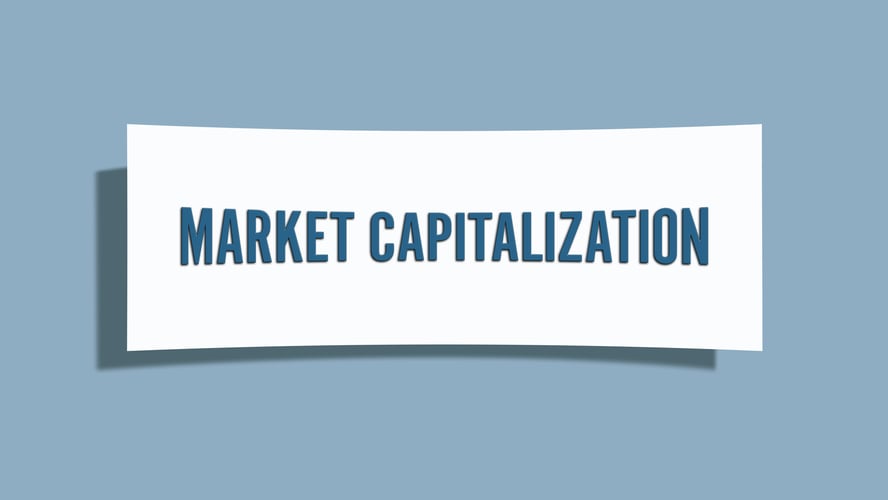

If you’ve ever researched a stock or listened to talking heads in the media, you’ve probably heard terms like “large cap stocks” before. You may also have seen these terms when reviewing your 401(k). If so, you’ve probably wondered what the word “cap” even means.
A stock’s “cap” refers to its market capitalization. This is the total market value of a company’s available stock shares. In essence, it is a quick and easy way to determine how valuable the market perceives a company to be.
To determine a company’s market cap, investors look at all the shares the company has made available and then multiply that number by its current stock price. For example, let’s say the ACME Corporation has twenty-five million available shares with a current stock price of $50. Twenty-five million multiplied by fifty is 1,250,000,000, so ACME’s market cap is $1.25 billion.
Now, this number doesn’t mean anything on its own. It’s when you compare it to other companies that distinctions can be made. That’s where the terms large, mid, and small come in.
There is no single agreed-upon definition of what makes a company large-cap versus mid-cap, or mid-cap versus small-cap. But generally speaking, many investors break down these categories like this:
- Large-Cap: Market value over $10 billion
- Mid-Cap: Market value over $2 billion
- Small-Cap: Market value over $250 million
So, in our example, ACME Corporation would be classified as a small-cap company.
Some investors will make further distinctions. For instance, you may sometimes see the term mega-cap, which is for companies with a market value over $200 billion. At the other end of the spectrum, micro-cap refers to companies with a market value of less than $250 million.
When people think about the stock market, they often think in terms of a specific index, like the S&P 500. But different indexes often only contain companies above a specific size. For example, the S&P 500 contains the five hundred biggest companies in the overall market. That means it only includes mega- and large-cap stocks. Another popular index, the Russell 2000, contains only small-cap companies.
One reason market cap matters is because it gives you more information about a stock than you can get just from its price. For example, imagine two companies that each have a stock price of $75. The first company has fifty million total shares available. The second company has a billion shares. That means the first company has a total market capitalization of $375 million. The second company’s market cap, on the other hand, is $75 billion. So, despite having the same price per share, the first company is a small-cap stock, and the second is a large-cap stock.
Why is this important for investors to know? Because a stock’s cap can dramatically affect both its potential risk and potential reward.
Generally speaking, large-cap stock companies are not going to grow as fast as a small-cap stock company can. That’s because the former simply doesn’t have as much room for growth. Large-cap companies tend to be older and more well-established. As a result, any future growth will likely be slow and steady rather than fast and explosive. Small-cap companies, on the other hand, still have the potential to become large-cap companies in the future. That means their potential for growth — and thus, reward — is greater.
That said, large-cap companies have also tended to be more stable. They have stronger financial situations, greater brand recognition, and more revenue. That makes their stock price less vulnerable to market volatility. Meanwhile, small-cap companies, even if they’re growing fast, may not technically be making any profit at all. Their financial situation may be much weaker. That makes them much more vulnerable…and much riskier for investors.
Of course, these are all just generalizations. Large-cap companies can sometimes experience fast growth or even fail, of course. Mid- and small-caps can thrive for years. But as a general rule, there is an inverse relationship between a stock’s capitalization and both its risk and return. Understanding that relationship is critical to making good investment decisions!
“Market Cap Explained,” FINRA, https://www.finra.org/investors/insights/market-cap




